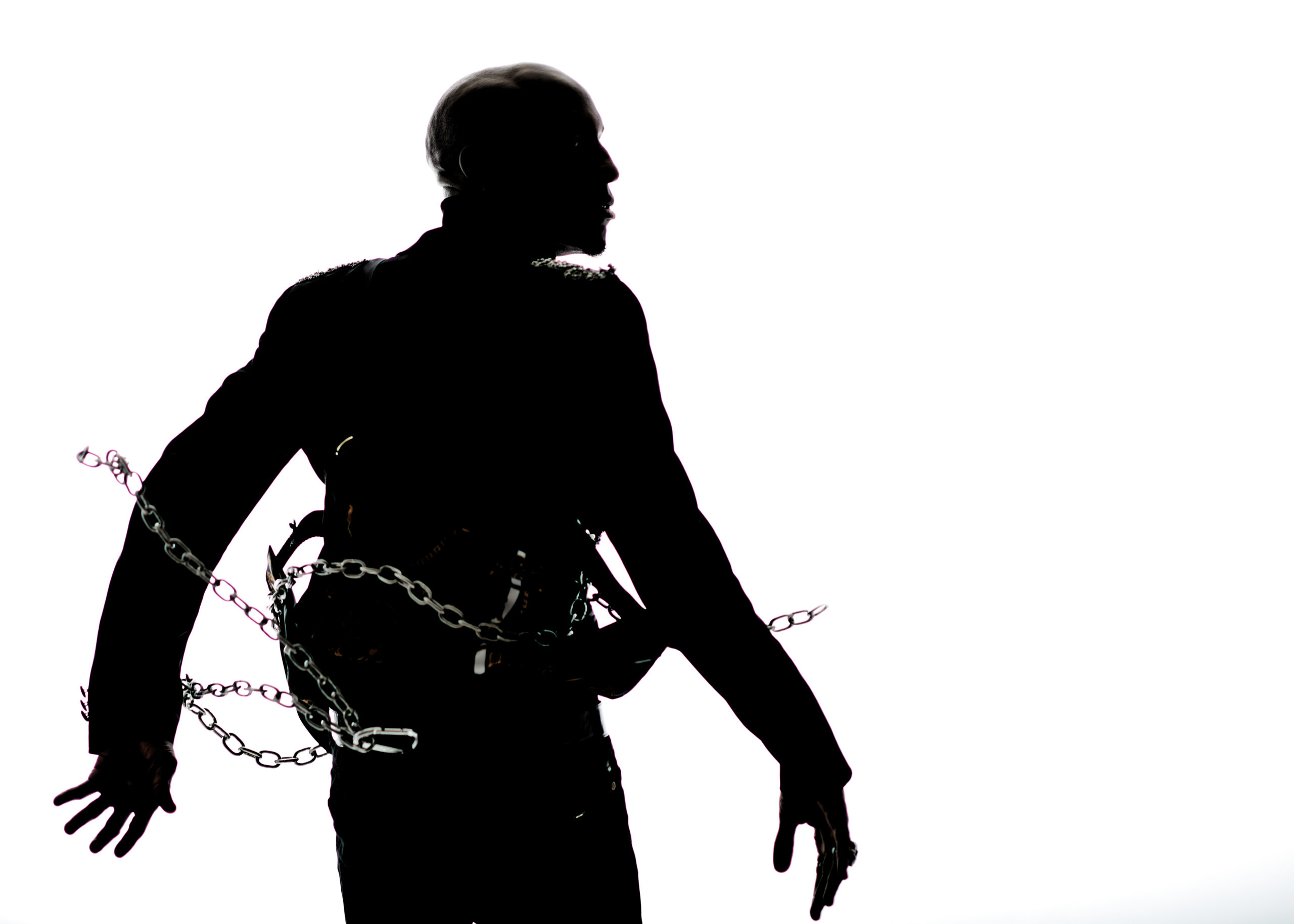We all appreciate a good photo, but what elevates a photograph to legendary status? What is it about the works of photographers like Mario Testino or Mert & Marcus that mesmerizes audiences, driving them to invest in a luxury brand or pick up a magazine for its cover?

Kate Moss, shot by Mert & Marcus in London in 2009 for Love magazine
Contrary to popular belief, the secret doesn’t always lie in provocation or shock value, nor is it solely found in featuring stunning models. What I’ve come to understand, particularly in American culture, is our captivating fascination with the unrefined and unvarnished aspects of life – sex, drugs, and rock ‘n’ roll, the gritty drama of existence. We are drawn to the imperfect, the unconventional. It’s why an offbeat pose from a model can be so enthralling; sometimes, perfection and conformity can teeter on the side of monotony.
As a former combat photojournalist, I seemed to forget my roots as a genuine storyteller when I transitioned into commercial photography. I fell into the trap of fixating on flawless poses, impeccable lighting, and precise camera settings. This relentless pursuit of flawlessness, often influenced by workshop photographers and YouTube tutorials, can drain a photograph of its essence, reducing what could have been a great shot into something merely technically proficient.
In a recent conversation with a friend who owns an art gallery in the heart of New York City, I found myself reminiscing about my initial misconceptions about modern art. “Who can’t just place a banana on a toilet seat and sell it for a million dollars?” I jestingly remarked. Nonetheless, amid the throngs of imitators in the realm of fine art, there are those who create with depth and soul, reminiscent of the genuine passions that fueled the Ramones and the beginnings of Punk Rock at CBGB or the unfiltered expression of the African-American experience by NWA. True art emerges from a profound, stirring message, not merely for profit or fame, but to ignite awareness and usher in change.

Malcom X, New York, 1964 – By Eddie Adams
This brings us to the core of authenticity in art. Consider the likes of Henri Cartier-Bresson, Eddie Adams, or my dear friend Nick Ut. Their work transcends because it emanates from an authentic source. There’s a process at play: an experience kindles a longing, which in turn drives the creation of an artwork imbued with a potent message. Success is an incidental consequence, not the primary objective.
Take, for instance, fashion photographers Mert Alas and Marcus Piggott, who soared to prominence through a raw and technically unrefined photoshoot featuring Kate Moss. Despite their lack of technical finesse, they possessed an innate sense of authenticity, a trait shared by Annie Leibovitz, renowned for her occasionally underexposed shots. It’s not solely about technical prowess; it’s about sincerity and conveying a message.
So, whether you’re a vlogger like Casey Neistat, a musician like Elton John, or a painter like Picasso, authenticity strikes a chord. Unfortunately, the triumph of one artist often spawns imitators, but the original remains legendary.
Therefore, when you’re taking a photograph or representing your brand, pause and reflect: does it emanate from a place of authenticity? Here’s a nugget of wisdom: if your primary concern is money, it’s likely lacking authenticity, whether you’re a Fortune 500 brand or an individual posting on Instagram. Many grapple with discovering their true selves, but awareness and self-exploration are the keys to success.
In summary, whether you’re capturing a moment or crafting art, it’s the soul and authenticity behind it that elevates it from being merely good to attaining legendary status.

